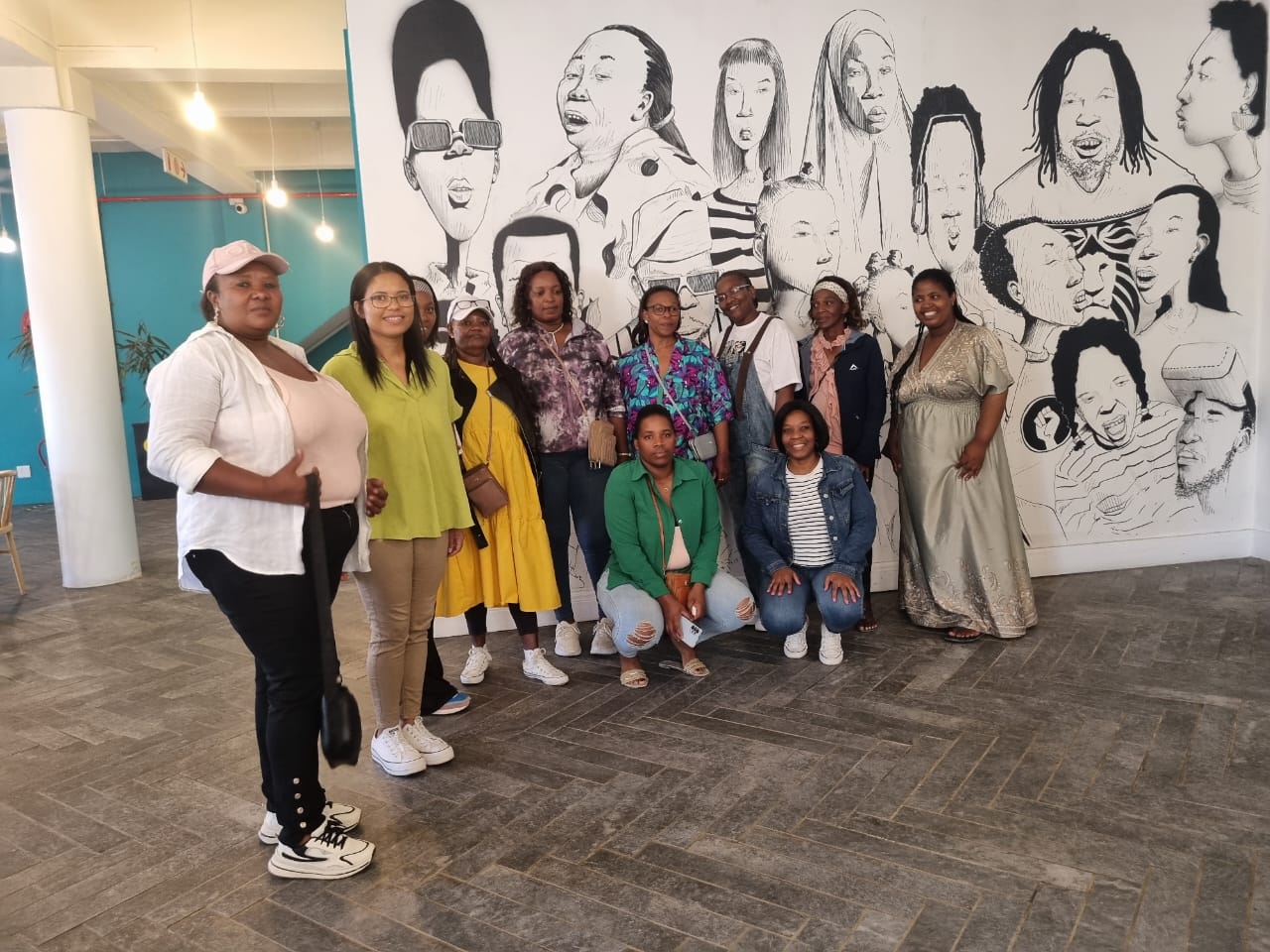The Public Engagement with Research team has been privileged to support Professor Federico Caprotti and Dr Whitney Pailman through our Engaged Participatory Research Fund. This work forms part of a larger project, exploring energy provisions and infrastructure for communities in South Africa’s informal settlements. In this piece, we’ll be looking at the lifecycle of this project, demonstrating the possible uses of publicly engaged research.
The project’s recent funding award builds on the success of ongoing research with informal settlements of Cape Town, South Africa. Throughout the course of this work, the research team employed wide-ranging methods to engage with these settlements’ infrastructure: examining the link between off-grid energy and community wellbeing, investigating off-grid appliance use for sustainable businesses, and using specialist training to help tackle socioeconomic inequalities.
In 2022, Professor Caprotti, alongside Dr Kerry Bobbins, completed a collaborative project with the Low-Income Energy Services Unit based in the city of Cape Town. The project aimed to use evidence-based policy learning to support the development of energy services in Cape Town’s informal settlements. Using workshops, online promotion, and network creation, their work produced tangible community impacts. This encouraged the growth of new working relationships and supported the development of solar mini-grids. The project was later presented to Her Highness Nomatemba Tambo, the UK’s High Commissioner to South Africa. More information on this can be found here.
Since then, the project team have continued to work closely with organisations and communities within Cape Town, using lived experiences to inform their understanding of energy delivery in informal settlements. As recipients of this year’s Engaged Participatory Research Fund, Professor Caprotti and Dr Pailman will be running a workshop with residents of Qandu-Qandu, Cape Town, where they hope to explore the connections between community resilience, entrepreneurship, and the navigation of disruptions to infrastructure. This work is a valuable example of the benefits of publicly engaged research – for both researchers, and the communities with whom they connect. We look forward to seeing how this project progresses in the future.

